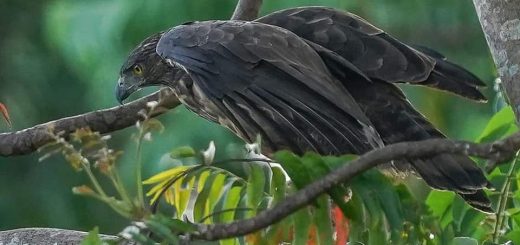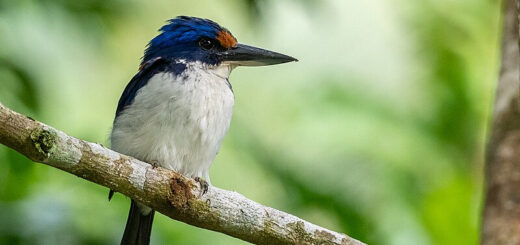The Mindanao Scaly-Toed Gecko – A Unique Reptile from the Heart of the Philippines
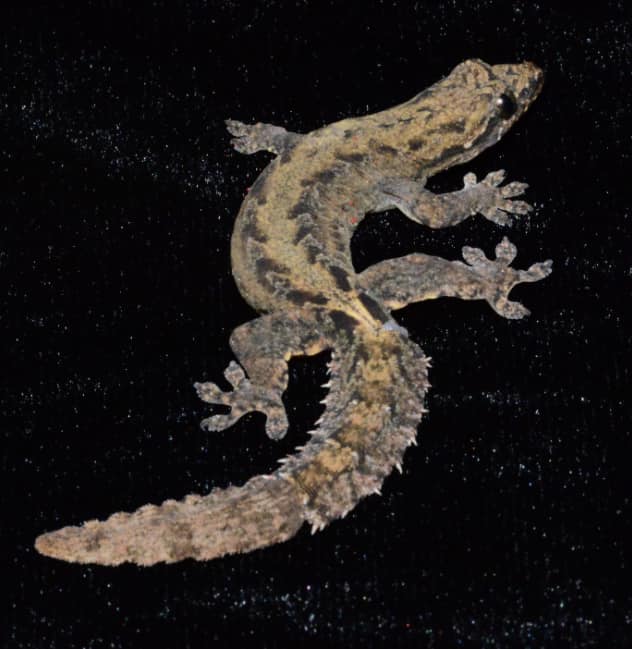
The Mindanao Scaly-Toed Gecko, Lepidodactylus planicauda, is a fascinating species of gecko that hails from the Philippines. It is one of the many extraordinary reptiles that call this tropical archipelago home. Found primarily on the island of Mindanao, this gecko is known for its distinct appearance, elusive behavior, and the specific environmental niche it occupies. In this blog, we’ll explore the characteristics and habitat of this unique reptile.
A Unique Appearance
The Mindanao Scaly-Toed Gecko is named for one of its most distinguishing features: its scaly toes. Unlike many other geckos, whose toes are typically smooth or slightly granular, this gecko has rough, scaled surfaces on its toes and striking flat tail. These specialized toes help the gecko cling to surfaces, making it an adept climber. This adaptation is particularly useful as the species inhabits rocky and forested environments where climbing is essential for both hunting and escaping predators.
Its body is relatively small, measuring up to about 10-12 cm in length. Its coloration is typically brown or grey, often with a pattern that helps it blend into its surroundings. This camouflage is a survival trait, allowing it to avoid predators in the wild.
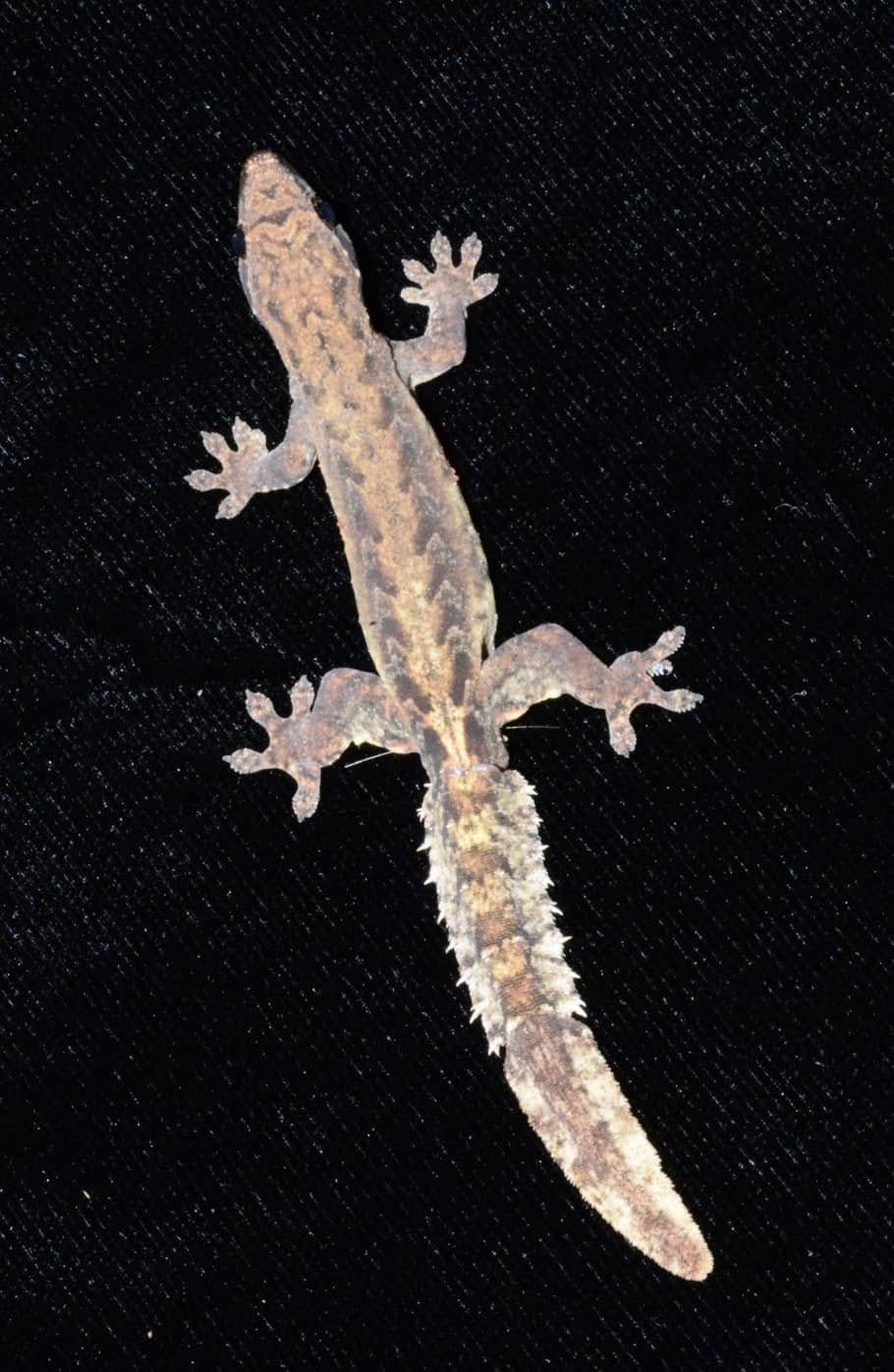
The Mindanao Scaly-Toed Gecko | © Photo credit to Petr Nečas – https://www.facebook.com/chameleongodfather/
Habitat and Distribution
The Mindanao Scaly-Toed Gecko is endemic to the Philippines, meaning it is found nowhere else in the world. Specifically, it is native to the island of Mindanao, which is located in the southern part of the country. The species inhabits a variety of environments, including forested areas, rocky outcrops, and even some areas near human settlements.
The gecko thrives in warm, humid conditions, which are typical of tropical rainforests. It is often found in areas with abundant vegetation and rocky surfaces where it can easily climb. These geckos are primarily nocturnal, spending most of their time hidden during the day and emerging at night to hunt.
Behavior and Diet
Mindanao Scaly-Toed Geckos are carnivorous and feed primarily on insects. Their diet consists of crickets and other small arthropods, which they hunt during the night. The geckos are opportunistic feeders, using their climbing abilities to capture prey in the trees and on the ground. Their agile, quick movements make them effective predators in their environment.
One of the more fascinating aspects of their behavior is their ability to communicate through body language and vocalizations. While they are not as vocal as some other gecko species, they can emit soft chirps or clicks to communicate with each other, especially during mating seasons.
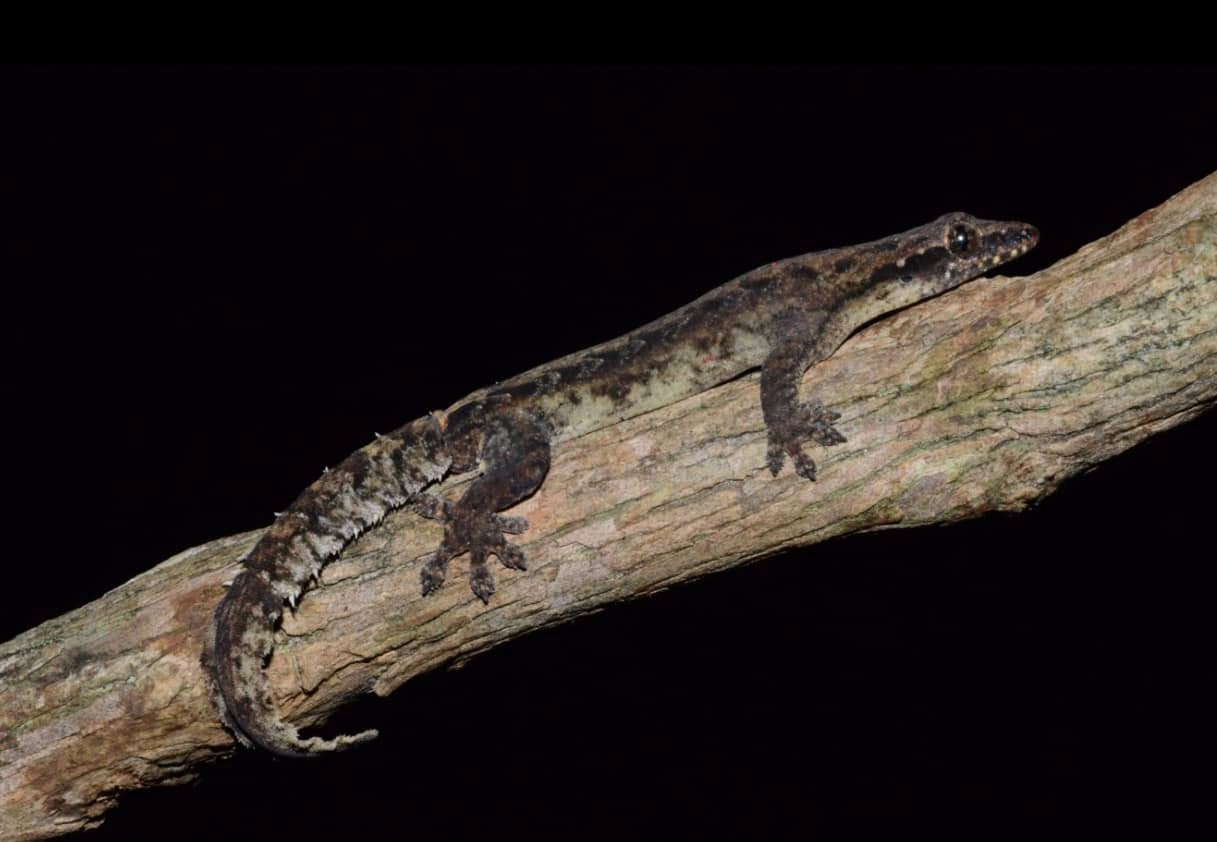
The Mindanao Scaly-Toed Gecko | © Photo credit to Petr Nečas – https://www.facebook.com/chameleongodfather/
According to Petr’s Chameleon Page on Facebook.
The apecific epithet is sometimes erroneously given as “planicaudus” in the wrong attempt to masculinize it and bring to accordance to the masculine gender of the genus Lepidodactylus. However, the name planicauda is not an adjective (which people not knowing Latin in detail assume based on the suffix “-a”), but a noun in aposition. The species epithet “planicauda” is derived from Latin:
– “Plani-” comes from “planus,” meaning “flat”.
– “Cauda” means “tail.”
Therefore, “planicauda” translates to “flat-tail.” This term refers to its notably flat and broadened tail. As a noin in aposition, it does. It change the suffix according to the frammatical gender of the generic name, but stays same in all fenders.
References:
https://www.facebook.com/photo/?fbid=1159739869487308&set=pcb.1159740929487202


